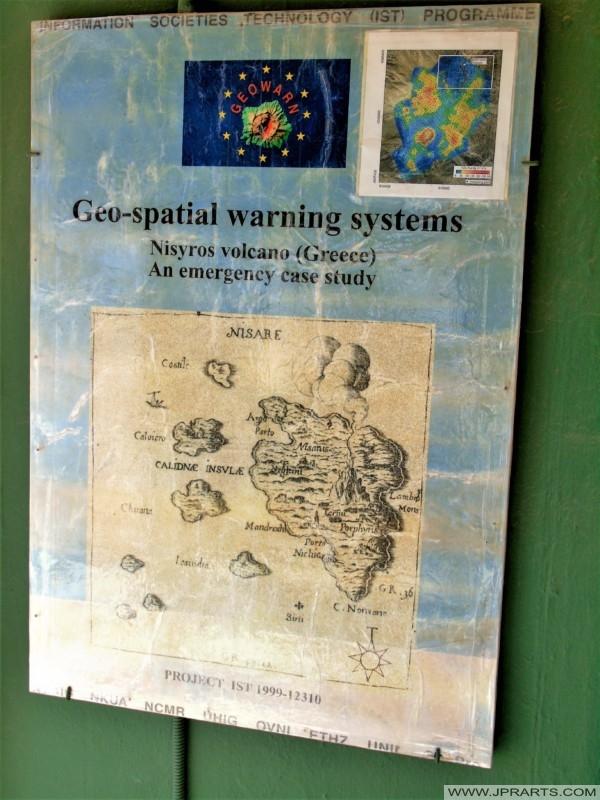The Moon is an astronomical body that orbits Earth as its only natural satellite. It is the fifth-largest satellite in the Solar System, and the largest among planetary satellites relative to the size of the planet that it orbits (its primary). The Moon is, after Jupiter’s satellite Io, the second-densest satellite in the Solar System among those whose densities are known.

The Moon
La Luna
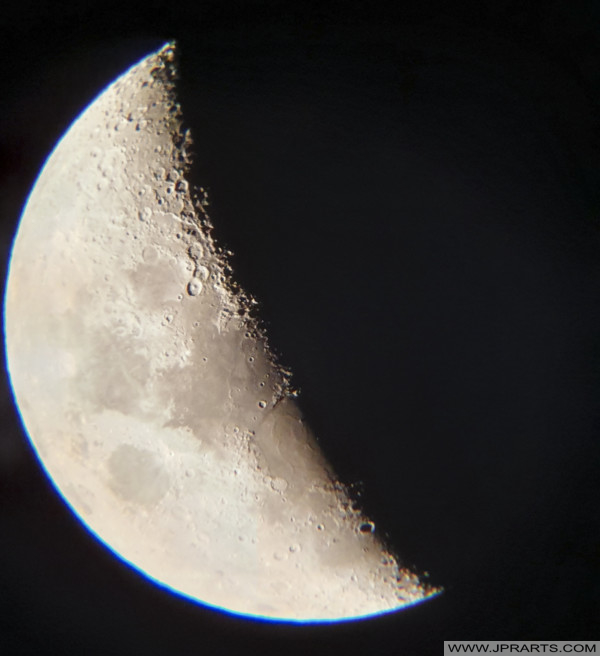
The Moon is thought to have formed about 4.51 billion years ago, not long after Earth. The most widely accepted explanation is that the Moon formed from the debris left over after a giant impact between Earth and a Mars-sized body called Theia. New research of Moon rocks, although not rejecting the Theia hypothesis, suggests that the Moon may be older than previously thought.
Der Mond
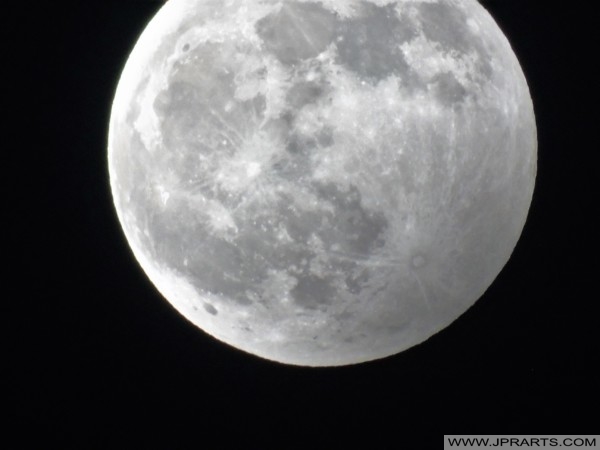
月球
القمر
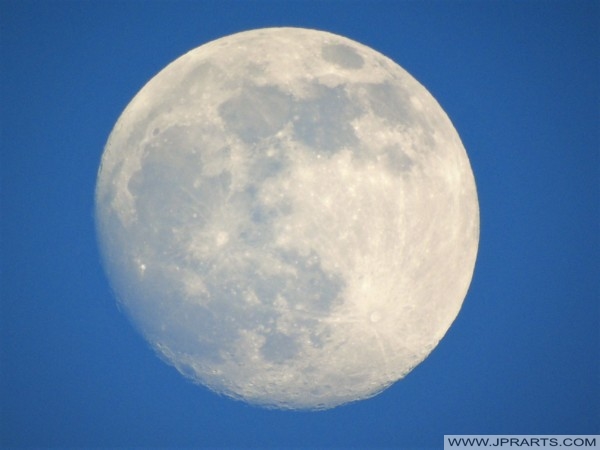
La Lune
The Moon is in synchronous rotation with Earth, and thus always shows the same side to Earth, the near side. The near side is marked by dark volcanic maria that fill the spaces between the bright ancient crustal highlands and the prominent impact craters. After the Sun, the Moon is the second-brightest regularly visible celestial object in Earth’s sky. Its surface is actually dark, although compared to the night sky it appears very bright, with a reflectance just slightly higher than that of worn asphalt. Its gravitational influence produces the ocean tides, body tides, and the slight lengthening of the day.
Луна́
चन्द्रमा
Lua

The Moon was first reached in September 1959 by the Soviet Union’s Luna 2, an unmanned spacecraft, followed by the first successful soft landing by Luna 9 in 1966. The United States‘ NASA Apollo program achieved the only manned lunar missions to date, beginning with the first manned orbital mission by Apollo 8 in 1968, and six manned landings between 1969 and 1972, with the first being Apollo 11 in July 1969. These missions returned lunar rocks which have been used to develop a geological understanding of the Moon’s origin, internal structure, and the Moon’s later history. Since the 1972 Apollo 17 mission the Moon has been visited only by unmanned spacecraft.
הירח
Visit the Science News for the latest news on Space Exploration
Click Here for More Stock Photos and Videos


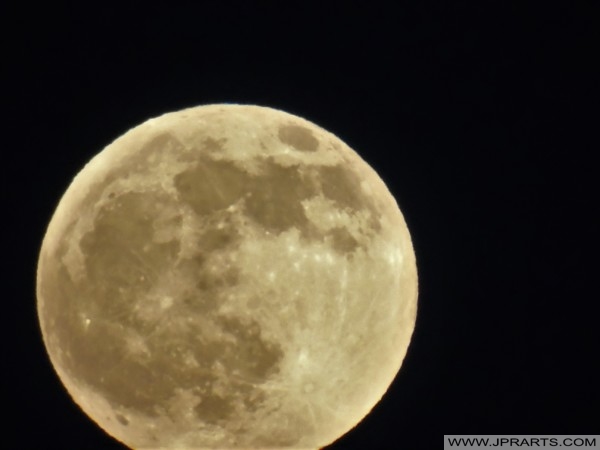
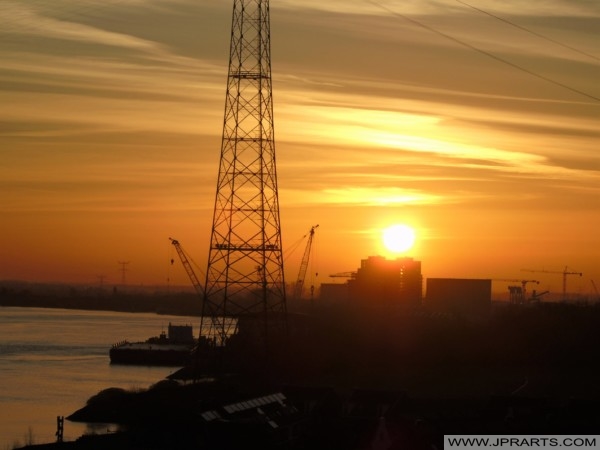

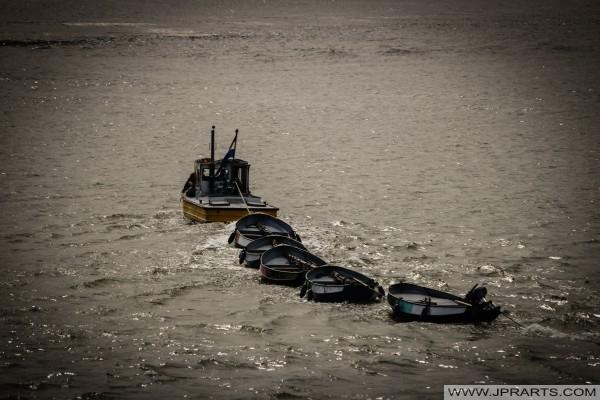
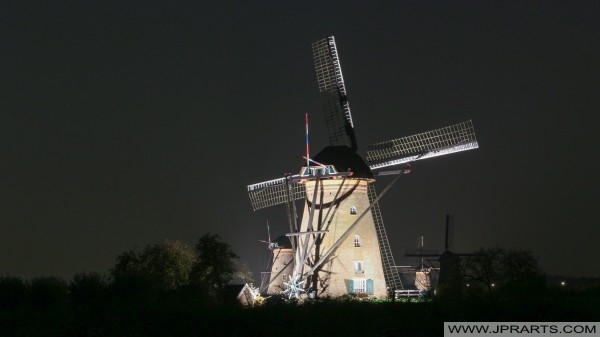
.jpg)
